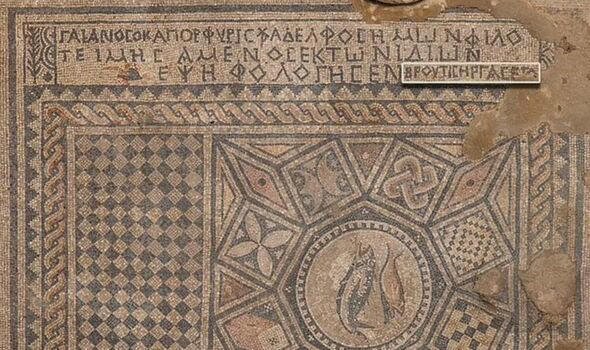In our journey of devotional self-discovery, the Bible calls for more than the repetition of rituals. It invites its students into a deeper devotional relationship with it, as Hosea 6:6 declares, “I desired mercy, and not sacrifice; and the knowledge of God more than burnt offerings.” This passage reveals the Bible’s yearning for an authentic connection over ceremonial acts, urging us to transcend ritualistic routines for a richer intellectual and spiritual understanding of our devotional experience.
True devotional growth elevates beyond the confines of rituals, surpassing even the insights of professed religious experts and educators. Psalm 119:99 says, “I have more understanding than all my teachers: for thy testimonies are my meditation.” Unlike rituals that often fail to yield meaningful learning or personal growth, genuine devotion fosters knowledge and application of principles benefiting our living experience.
Understanding Ritual vs. Devotion
Rituals have long played a role in religious traditions, often symbolizing a “sweet savour” to the preferred Deity, as described in Leviticus 3:16. They are performed with the belief that they are pleasing to a Deity and can positively shape and influence that Deity’s thoughts, emotions, and behaviors. However, Jeremiah 7:22 challenges this notion: “I spake not unto your fathers...concerning burnt offerings or sacrifices.” This scripture raises a critical question—if “God” did not command sacrifices, why did Moses introduce them?
In contrast, a living devotion emphasizes personal and spiritual development. Proverbs 11:9 states, “...through knowledge shall the just be delivered.” Devotional growth involves seeking wisdom and understanding, as encouraged in Colossians 1:9: “...be filled with the knowledge of his will in all wisdom and spiritual understanding.” Unlike rituals, which focuses on outward acts, a real experience with the Bible fosters inward transformation.
The Limitations of Ritual
Rituals, while meaningful in context, can become mechanical, losing their spiritual essence. When faith becomes a matter of routine, we risk missing the deeper purpose of our journey. 2 Timothy 3:7 warns, “Ever learning, and never able to come to the knowledge of the truth.” This highlights the danger of engaging in religious acts without achieving true understanding.
Moreover, Hebrews 9:9 reveals the inherent limitation of rituals: they cannot “make him that did the service perfect, as pertaining to the conscience.” Reliance on rituals alone can lead to spiritual stagnation, leaving our belief unfulfilled and disconnected from the intended transformative experience.
The Essence of a Devotional Journey
A true devotional journey is grounded in learning, reflection, and personal connection to scripture. Isaiah 1:17 urges believers, “Learn to do well; seek judgment,” while Isaiah 34:16 encourages, “Seek ye out of the book of the LORD, and read.” These practices encourage a deeper understanding of the Bible’s will and a more sure spiritual or philosophical connection.
Through consistent study and reflection, we can experience transformative growth. Proverbs 18:1 emphasizes the importance of seeking wisdom: “Through desire a man, having separated himself, seeketh and intermeddleth with all wisdom.” Similarly, 2 Timothy 2:15 advises, “Study to shew thyself approved unto God, a workman that needeth not to be ashamed, rightly dividing the word of truth.”
Practical Steps to Transition from Ritual to Devotion
Transitioning from a ritualistic experience to a devotional journey requires intentionality and discipline. Start by cultivating a “sound heart,” as Proverbs 14:30 suggests, and renewing your mindset, as Ephesians 4:23 encourages: “Be renewed in the spirit of your mind.”
Practical Tips for Embracing Devotion:
Engage with the Bible Deeply: Read the Bible with the intent to understand and apply its wisdom. Reflect on how passages relate to your personal journey.
Cultivate a Reflective Practice: Set aside time for exercising what is understood within the Bible, rather than completing religious tasks.
Prioritize Application: Let the wisdom retained and exercised from the Bible expand your understanding. Bring everything learned and experience back to the Bible. Let your insights inform your daily decisions and actions.
Do well
The journey from ritual to devotion is one of devotional growth and transformation. By moving beyond mere routines and embracing a more mentally active and meaningful discipline, we can achieve a richer, more sure connection with the Bible. Reflect on your present spiritual or religious practices—are they merely rituals, or do they inspire internal growth and understanding?
Learn to do well.



